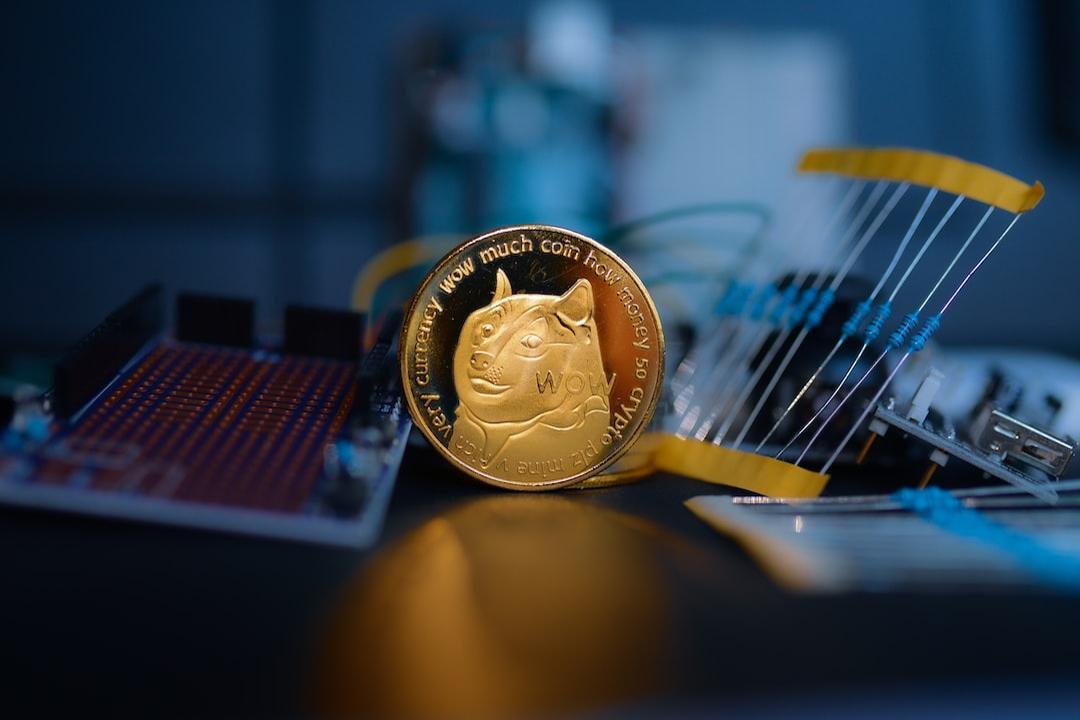Willem Shroé, CEO of Botanix Labs, on Building a Bitcoin EVM L2, The Future of Bitcoin, and Spiderchain | Ep. 429
Willem Schroé, CEO and Co-founder of Botanix Labs, joined theCryptonews Spotlight Podcast to discuss how Bitcoin can go beyond its store-of-value status, the development of Spiderchain as a decentralized Bitcoin EVM Layer 2, and why ZK rollups don’t work on Bitcoin. In this wide-ranging conversation, Willem laid out a future where Bitcoin becomes not just digital gold, but the financial backbone of Web3.
Bitcoin Is More Than Digital Gold
“Today, in the people’s minds, Bitcoin is digital gold. But why would we have digital gold if you already have actual gold in the world? Bitcoin can be so much more and will be so much more.” Willem believes Bitcoin’s true potential is as programmable global money and that its infrastructure is finally catching up to this vision.
The Bitcoin EVM Thesis
“We absolutely believe Bitcoin is the winning money and EVM is the winning virtual machine. So we’re bringing that. We’re taking the EVM and we built that on Bitcoin.” By bringing Ethereum’s virtual machine to Bitcoin, Botanix is enabling smart contracts, DeFi, and programmability, all of which are secured by Bitcoin’s base layer.
Why ZK Rollups Don’t Work on Bitcoin
“If you believe today that there are ZK Rollups on Bitcoin, then I don’t know what else you’re into… Bitcoin doesn’t have the programmability, it doesn’t have introspection, and there’s no place to post data availability.” Willem challenges claims that ZK rollups can function properly on Bitcoin, calling them fundamentally misaligned with Bitcoin’s architecture and ethos.
Bitcoin as the Best Base Layer for Money
“Bitcoin is already there. On its base layer, it’s the best money ever made.” He argues that Bitcoin’s role should remain focused on security and money, while programmability is handled in higher layers like Spiderchain.
Spiderchain: Decentralized from Day One
“We want to launch on day one with a decentralized subset of operators spread around the world.” Spiderchain will debut with 15 globally distributed node operators, ensuring censorship resistance from the start, unlike many L2s that begin centralized.
Using Bitcoin as Gas
“You’ll pay gas fees and transaction fees actually using Bitcoin. That’s also where the Bitcoin yield comes from.” Botanix uses BTC for transaction fees, making it truly native to Bitcoin, and generating Bitcoin-native yield without new tokens.
Built Only on Bitcoin
“We’re not connected to Ethereum, Solana, or anything else. We’re purely connected to Bitcoin.” Spiderchain isn’t a multi-chain solution – it’s built exclusively for Bitcoin, with a clean focus on long-term financial infrastructure.
Competing with Centralized L2s
“BitVM and Rollups go for centralized. We go for a decentralized EVM.” Willem makes it clear: Spiderchain’s model prioritizes decentralization, unlike many rollup-based L2s that rely on a single sequencer.
Mainnet Timeline and Validator Structure
“We’ve frozen our code, we’re going through the audit right now. Then the next step is mainnet.” The mainnet launch will include a federation of 15 operators, all selected for geographic distribution and trustworthiness.
Growing the Network to Thousands of Validators
“Year 1, 2, 3 is expanding the federation – from 15 to 100, to 200, and then to thousands.” Spiderchain is designed for scale, with the goal of reaching thousands of full node validators and extreme censorship resistance.
What the Bitcoin Future Looks Like
“Five years from now, you’ll be able to use Bitcoin as money everywhere. Pay Lightning invoices from your MetaMask.” Willem envisions a world where Bitcoin is seamlessly used in everyday payments, supported by DeFi infrastructure and mobile wallets.
Why Infrastructure Needs to Be Stable
“Every two years, everybody tells Visa and Apple something different. Solana, Ethereum, Move… Bitcoin is the constant.” He argues that Bitcoin’s brand stability makes it the best candidate for universal infrastructure adoption by large corporations.
Enabling Financial Use Cases with Bitcoin
“You can borrow stablecoins against your Bitcoin. You can get Bitcoin yield. You can pay Lightning invoices from your MetaMask.” With Spiderchain, Bitcoin holders can finally participate in DeFi without leaving the Bitcoin ecosystem.
A World-Class DeFi Layer for Bitcoin
“All the different building blocks are there. In 2025, we’ll look back and say that’s when Bitcoin turned into money.” Willem believes that by 2025, we’ll witness a full financial system running on Bitcoin, powered by Spiderchain.

